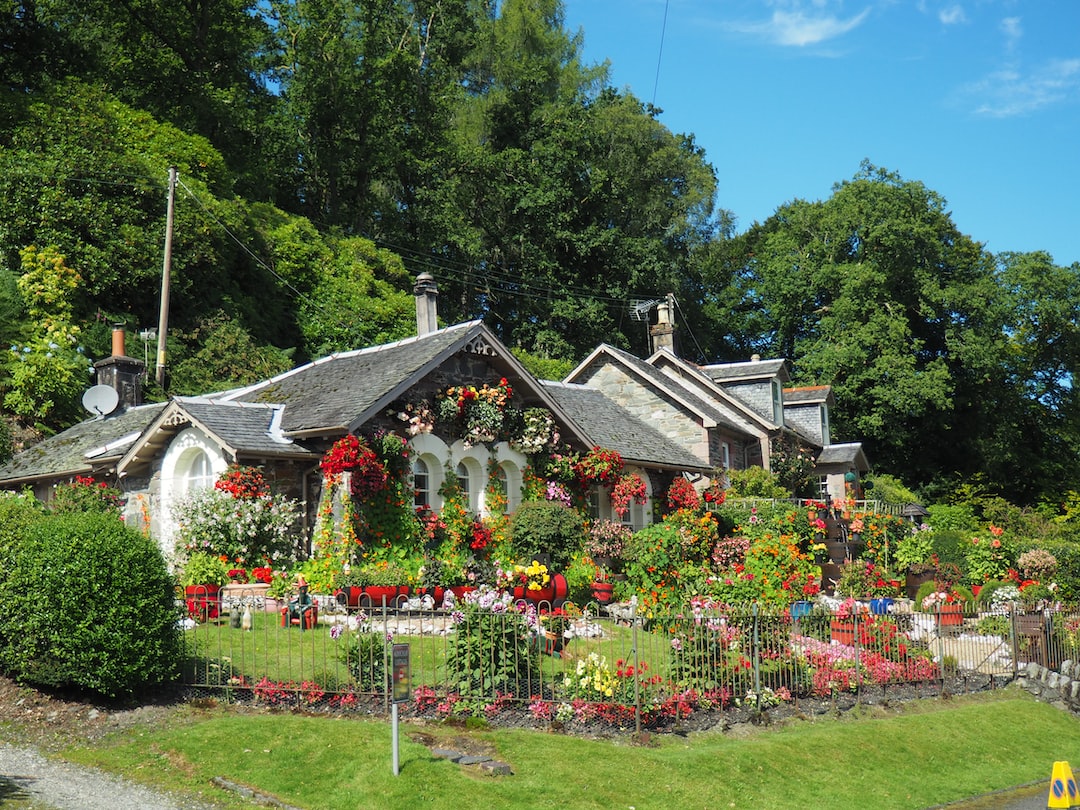Creating a Relaxing Zen Garden: Elements and Design Ideas
In today’s fast-paced and chaotic world, finding a sanctuary where we can unwind and reconnect with nature is essential for our well-being. A Zen garden, with its tranquil and serene atmosphere, offers the perfect escape from the stresses of everyday life. Whether you have a large backyard or only a small outdoor space, creating a Zen garden can be a fulfilling and rewarding project. This blog post will explore the essential elements and design ideas to help you create your very own relaxing Zen garden.
The first step in creating a Zen garden is choosing the right location. Ideally, you want a space that receives ample sunlight and is secluded from external disturbances. It could be a corner of your backyard or even a rooftop garden if you’re limited in space. Once you have the perfect spot, it’s time to start planning the design elements.
One of the most important elements of a Zen garden is simplicity. The goal is to create a minimalistic and clutter-free space that promotes tranquility and inner peace. Start by removing any unnecessary items or plants from the area, leaving only the essential elements behind. This will allow you to focus on the natural beauty of the garden.
The next element to consider is the use of rocks and gravel. These components play a significant role in Zen garden design. Large rocks can be strategically placed to create a sense of balance and harmony, while smaller rocks and gravel can be used to simulate water features. Raked gravel or sand can also represent the ocean or a dry riverbed, adding a calming and meditative aspect to the garden.
Another important element in a Zen garden is the use of plants and greenery. However, unlike traditional gardens, a Zen garden typically features a limited number of plant species. The aim is to create a serene and uncluttered environment, so choose plants that are known for their simplicity and elegance. Tall, slender bamboo or carefully pruned evergreen shrubs work well in Zen gardens. Additionally, moss can also be used to add a lush and vibrant touch to the garden.
Water features are another popular element in Zen garden designs. The sound of flowing water can be incredibly soothing and calming. If you have space, consider adding a small pond or a simple water fountain. The gentle sound of water trickling can help drown out any external noise and create a serene environment for relaxation and meditation.
Furthermore, incorporating wooden elements into your Zen garden can add warmth and natural beauty. Wooden benches or platforms can provide a space for contemplation and reflection. Additionally, wooden bridges or pathways can be incorporated to guide visitors through the garden, enhancing the sense of tranquility and Zen.
Lastly, lighting plays a crucial role in creating the right atmosphere in a Zen garden. Soft and warm lighting can be used to highlight specific areas or features in the garden, creating a calming and inviting ambiance. Consider using low-voltage, energy-efficient lighting options to minimize the impact on the environment.
Overall, creating a relaxing Zen garden is a personal and fulfilling experience. Embrace simplicity, balance, and natural beauty when designing your space. Experiment with different elements such as rocks, gravel, plants, water features, wooden elements, and lighting to create the perfect atmosphere for relaxation and meditation. Remember, a Zen garden is not just a physical space but also a reflection of your inner serenity and peace.

